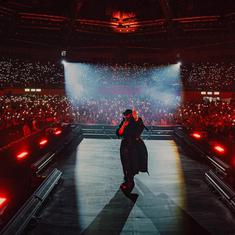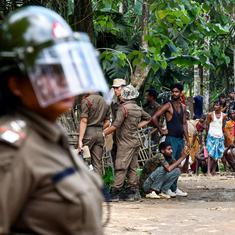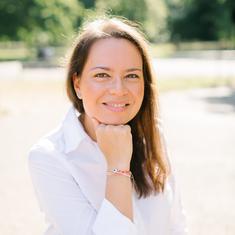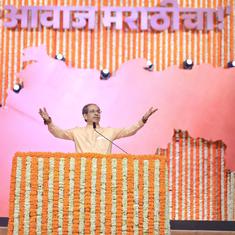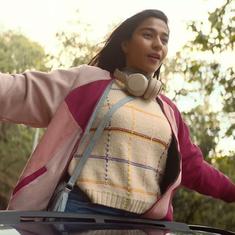Amitava Kumar writes (and paints and draws) every day. It is an “important” part of his identity, says the writer.
The author of several works of nonfiction and four novels, Kumar creates work that is a testament to the value of consistency and the symbiotic relationship between all forms of the creative arts. His latest novel, My Beloved Life, is a moving portrait of the hardships that the common Indian overcame – and succumbed to – during the COVID-19 pandemic.
Kumar also pondered the devastating effects of the pandemic in The Yellow Book. The second in a series of three books, in which Kumar responds to the world around him through drawings, writings, and memories. In The Blue Book, Kumar tries to see beauty in a world where fake news reigns supreme and everything appears to be on the verge of collapse. In the final book in the series, The Green Book, Kumar gives us an insight into the mind of a writer who observes closely and attempts to capture in images and words what is happening to the world around us.
In a conversation with Scroll, the writer talked about how the series came to be, why he doesn’t want to have “the cosmopolitan ease of someone at ease everywhere”, and how you can put your iPad to good use. Excerpts from the conversation:
How did you sort your thoughts into three colours, that is, blue, yellow, and green?
It started with the blue. And that was almost by chance. Just a string of associations and a painting I had made with a blue book in it. At that time, I had no thought of doing other books. And then the idea of the next book came. This time, particularly during the long period I was in London, I was looking for the colour yellow. By the time I was working on the green book, the coherent idea of the books in a series, had formed in my mind. Green now meant in my mind the search for nature and for rebirth but also for what was young and perhaps unripe like a first love.
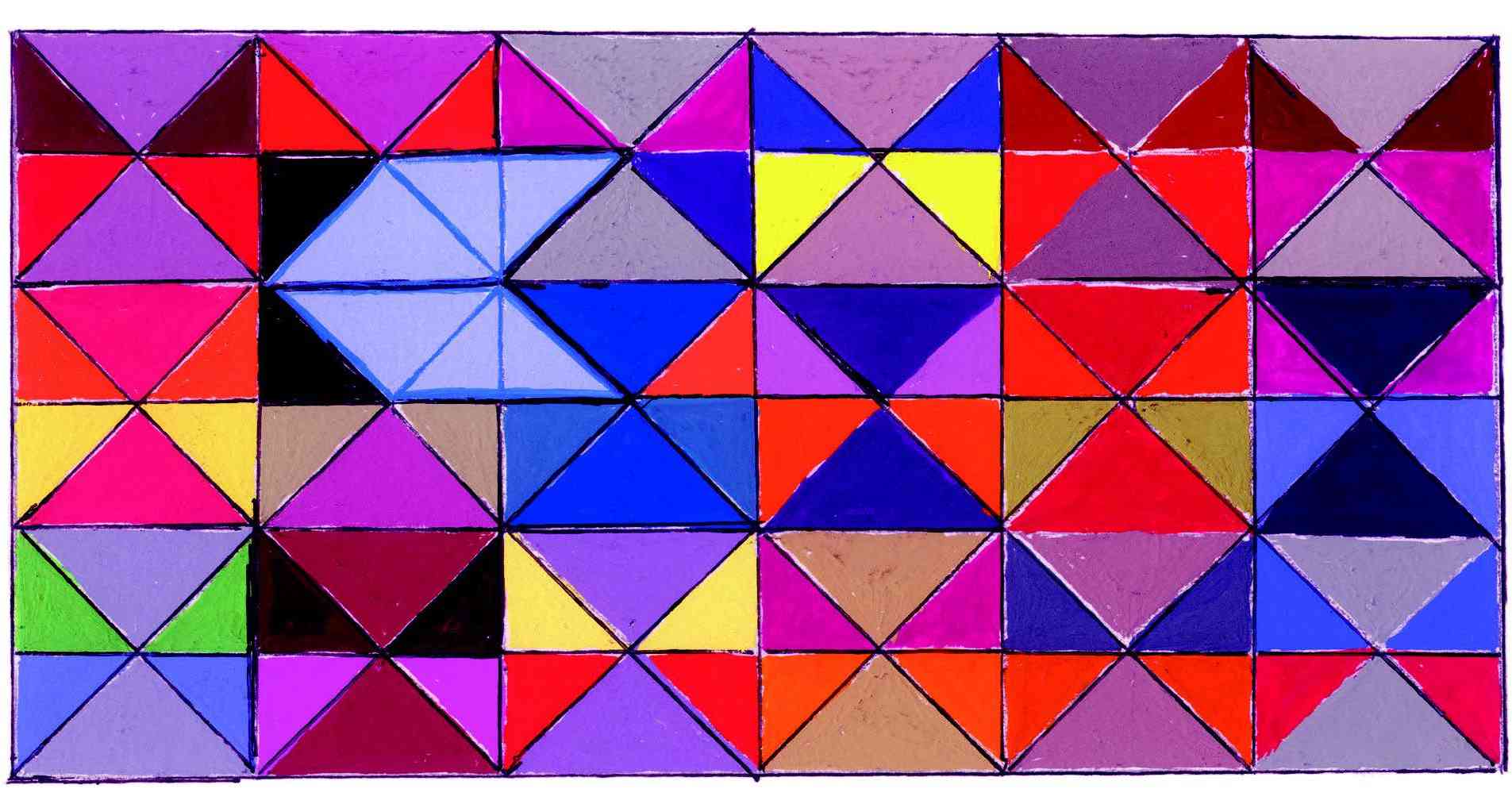
A traveller, observer, writer – are these the three words that best describe you? On a good day, what do you feel most like? And on gloomier days?
Your middle term – observer – is the link that unites the other two. If you are to be an artist or a writer, you have to be in the business of serious noticing. On a good day, I feel the easy unity between all my pursuits. There is a sense of creating something more than what one was given. On gloomier days, I feel like I’m taking notes, in one form or another, on events unfolding beyond one’s control in the world at large. There is in that instance less of creativity and more of a kind of desperate, maybe even silent, urgency.
While all three are true for you, I wouldn’t hesitate to think of you as an artist–painter too. Do you see yourself as one?
Thank you. You are very kind. Now and then, I allow myself to imagine that I’m an artist–painter. Actually, I make sure I do at least one drawing or painting each day. On the other hand, I want to insist on the viability and the dignity of being an amateur. In a world where democracy is shrinking, billionaires and crony capitalism and politicians blessing the billionaire’s beta-bahu, we have to at least keep the arts democratic. Everyone can write or paint every day. It is not necessary to be brilliant at it; instead, it can be a small, nourishing practice that enriches our lives.
In The Green Book, you write about observing the Ganga and those who live along its banks. As someone who divides their time between New York and India, what baffles you, enrages you, and gladdens you each time you come back to the river?
The Ganga has been receding from my hometown, Patna. So it is as if she is leaving us. What gladdens me is simply the sight of the river, and then to stand beside it and sense how the river has flown along those banks for millennia. What is enraging is the filth.
In The Yellow Book, you confront the devastation of COVID-19. This is a theme you revisit in My Beloved Life. Life as we know it came to a standstill for each of us. Still, we see that you drew through it, wrote wherever you could. What is the value of art and creation in such exceptional circumstances? Did it ever feel futile, or powerless?
I don’t know. I mean, that’s the honest answer. Your art, your writing, can’t make the dead come back. I remember reading about the metal in the crematoriums melting from the unending fires. And our political leaders boasting about the size of their election rallies. When I received news of an uncle’s death near Bhagalpur from COVID, I remember painting one of the pandemic postcards.

“Why are we (the educated liberals) so ineffective in our dissent?,” you write in The Blue Book. Have you found an answer to this yet?
It’s an old question. People find different answers that work for a while, and we see signs of effective dissent. Wasn’t that true of the Arab Spring? Or, for that matter, the anti-CAA protests? I don’t have an answer for myself that is permanent or necessarily potent. I can only respond in my writing. For instance, faced with the deluge of fake news, I wrote a novel called A Time Outside This Time.
You also mourn the loss of your language, Hindi to be precise. And you consider yourself to be in “exile” in the US. But when I read My Beloved Life, I couldn’t recall a novel that was so Bihari in its mood. So Indian. How do you slip into this Indian–Bihari identity in your fiction while travelling so widely around the world? Does the travel in some way distill what it means to be Indian or a Bihari?
That’s very nice to hear. I love that. And can’t thank you enough for the compliment. Don’t know what to say in response to your question. I see people all the time who only two months, or maybe only two weeks, after leaving Delhi for New York, begin to sound different in their speech. I have never left my roots. Whenever I speak in Hindi, people will always ask me, Aap Bihar se hain? I don’t want to have the cosmopolitan ease of someone at ease everywhere; I’d rather embrace something more difficult, of being at home nowhere. (I think I stole that from Edward Said.)

In all three books you hark back to the writers whose works have inspired you. There’s also a moving chapter on Shaunak Sen’s film. We rarely read about how other forms of media apart from literature inspires a writer. Would you say that, in a way, these three books are also a way for you to reflect on your own growth as an artist and an audience? Sometimes we forget that it is equally important for an artist to be a refined consumer of the arts…
An important part of my identity, something that I do daily, is read literature and look at art or watch films, and I cannot imagine doing writing where those parts of me aren’t reflected. The other thing I want to tell you is that I was a provincial boy when growing up, quite ignorant not only of the world at large but the cultural riches that surrounded me. It has been a wonderful journey, this life, learning about what is created in complex and beautiful ways by the people I admire. And that is also the story I’m continually sharing with my audience of readers and others.
Many of your sketches look like they were done on the move. Is that true? Do you carry your pens, pencils, and colours everywhere you go or do you like to come back, reflect on what you saw, and transpose it on paper?
Yes, yes, I carry many of these materials with me. But, you know, it is easy when what you are carrying materials for watercolours. I’ve never painted oils in the open air like many wonderful artists that one reads about. In some cases, however, I’ve made a quick sketch on the move and then worked on another version back in my study. Also, photographs. I have taken a photo on my phone and then come back home and painted that scene. I forgot to mention the iPad! I have taken it with me on my travels and drawn on the iPad too.

When did it feel like the right time to introduce your reader to your artworks? Would you consider lending your artworks to an exhibition?
I didn’t start doing these paintings in earnest until the start of the pandemic. People were dying – I’m talking of March and April of 2020 – and after the snow melted here flowers were blooming. I started painting those flowers on the obituaries I cut out from the New York Times. When I posted them on social media, Hemali Sodhi asked me if she could use them on the website for the new literary agency she was starting, A Suitable Agency. And then, a few weeks later, when I kept up posting more work, she wrote to me and said that she thought there was a book to be put together. One thing led to another, and now I draw or paint every day. Just as I write every day, even if it is only a few words.


